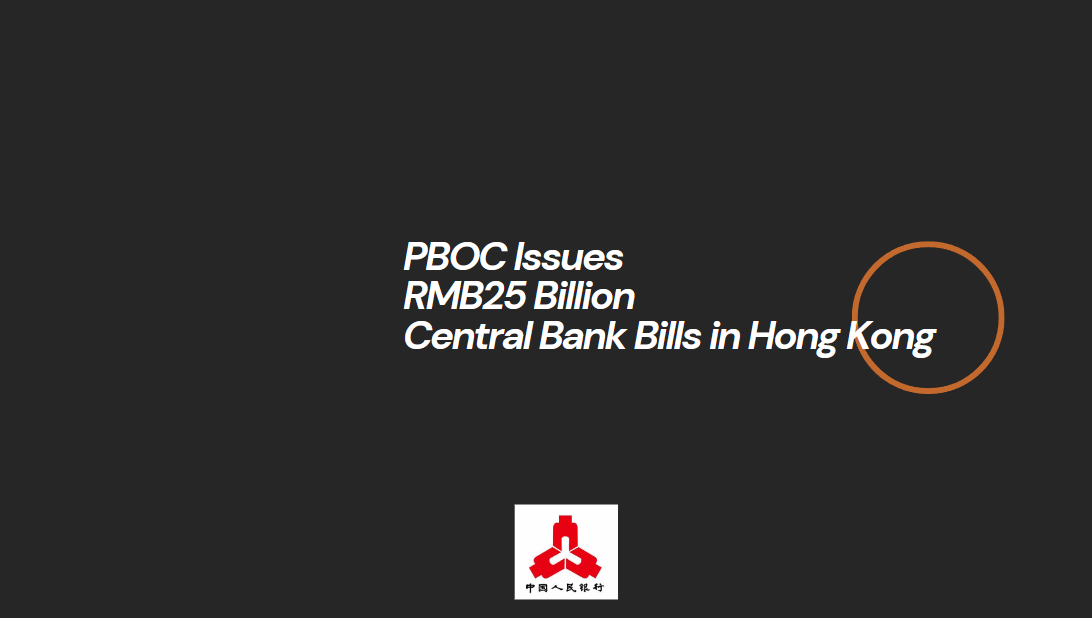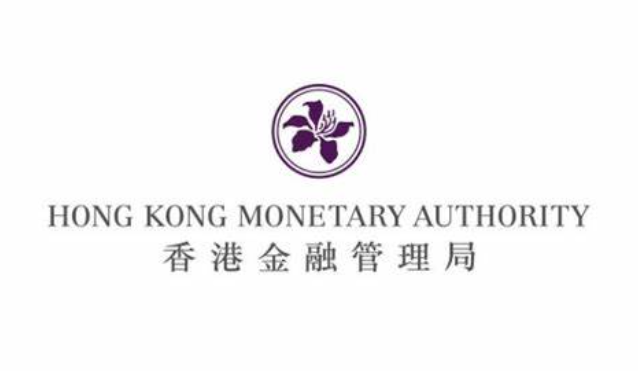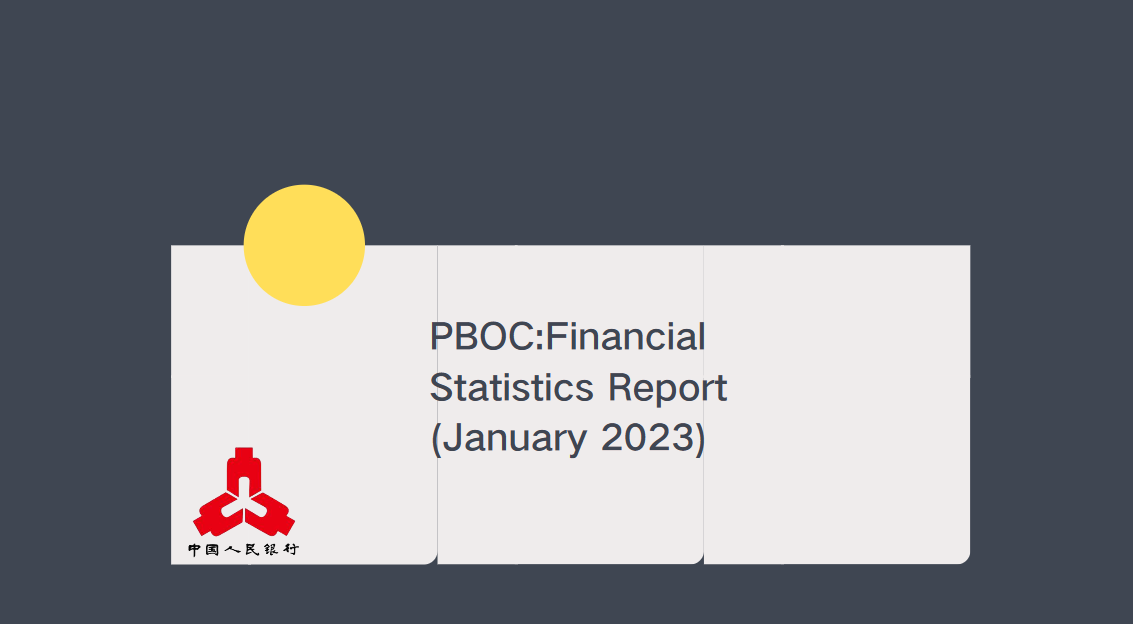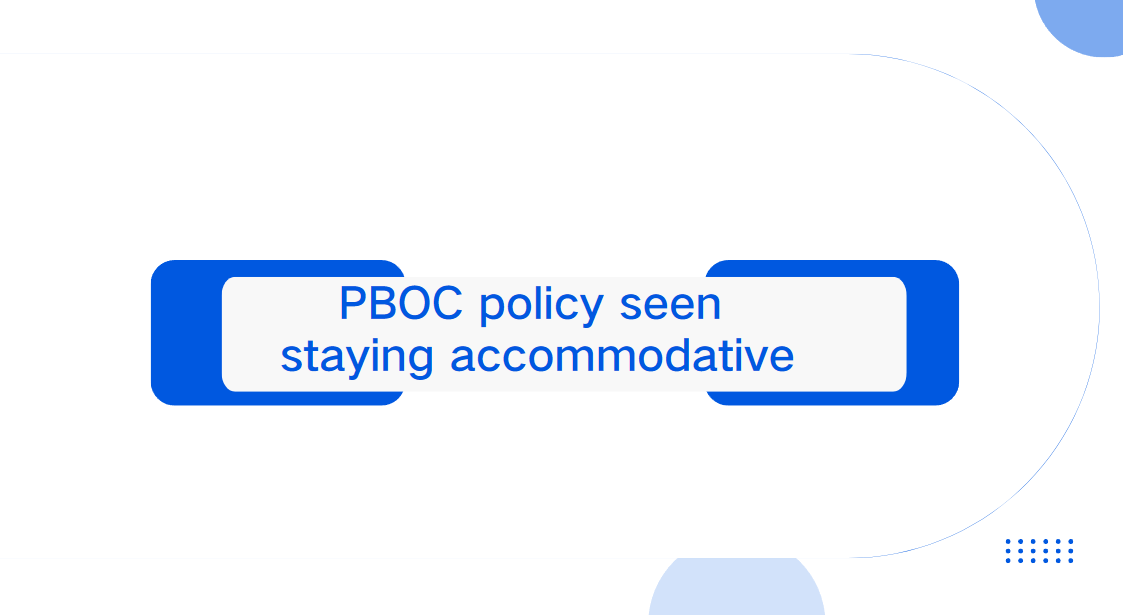Speech by Governor Yi Gang at the Launch Ceremony of Building a National-level Green Exchange
It is a great pleasure for me to attend today’s event in Tongzhou District. First of all, on behalf of the People's Bank of China (PBOC), I would like to congratulate on the official launch of building a national-level Green Exchange in Beijing Municipal Administrative Center! Next, I would like to share with you some insights on green finance and China's green transformation.
In 2020, General Secretary Xi Jinping formally proposed the major strategic decisions to peak carbon emissions and achieve carbon neutrality, and pledged to the international community that China would adopt vigorous policies and measures to peak carbon emissions before 2030 and achieve carbon neutrality before 2060. That will exert a huge impact on our mode of production and way of life. The transition to green and low-carbon development requires many efforts, and the key is to reduce carbon emissions. What role can Green Exchange play in that process? I think of two points: First, carbon emission has externalities. Carbon-emitting companies and users do not pay due costs for their emissions, and big emitters even make profits at a low cost, so they cause negative externalities to the society and the public. In the future, the Green Exchange will gradually internalize the negative externalities by narrowing the gap between carbon pricing and the social costs and making carbon emitters bear the costs. At the same time, information disclosure requirements will be strengthened to inform the public about the carbon emitters and subject emitters to public supervision. This is an important aspect in green transformation.
Second, the Green Exchange will steadily bring down green premium. The technologies related to green energy, green production and green life are developing very fast, and their costs are falling rapidly. Generally speaking, however, the cost of green energy for now is still higher than that of traditional energy, and the difference is the green premium. Green finance and green technologies will help bring down the green premium and thus make green energy a cheap and cheerful choice for businesses and families. For these reasons, we launched the Green Exchange to advance green transformation. It’s a complex project, but of great significance.
In 2021, the PBOC launched the Carbon Emission Reduction Facility (CERF) to provide loans based on market principles at preferential rates to enterprises engaged in clean energy, energy conservation and environmental protection, and carbon emission reduction technologies. For example, the PBOC offers funds to financial institutions at a preferential interest rate of 1.75% with reasonable maturities. Financial institutions that receive the low-cost funds must undertake to disclose such information as the balance and interest rates of carbon emission reduction loans as well as the effects of loan use. Besides, they are subject to verification by independent third-party agencies and oversight by the public. These practices play a positive role in fostering green mindsets, in changing the behaviors of economic entities and in facilitating carbon accounting and environmental information disclosure. Up to now, more than RMB 300 billion of central bank lending has been granted under the CERF, with which commercial banks issued over RMB 510 billion of carbon emission reduction loans, helping cut emissions by more than 100 million tons of carbon dioxide equivalent in 2022.
In addition, the PBOC has been proactively engaging in international cooperation on green finance. For example, it co-chaired the G20 Sustainable Finance Study Group and took the lead in formulating the G20 Framework for Transition Finance. The framework was adopted at the G20 Bali Summit in November 2022 and became a guide for countries to develop green finance and foster low-carbon transition. We also published a Green Taxonomy with relevant departments of the European Commission. Since the understandings of green transformation vary across countries, consultation is needed to harmonize Green Taxonomy. Over the past two years, the PBOC and the European Commission have been working towards this goal. The latest version of Green Taxonomy released by the PBOC last year is 80% harmonized with the European version.
Beijing is a national leader in green finance and green transformation. The PBOC has been supporting the city in its implementation of the Green Beijing Strategy. At the end of 2022, the balance of Beijing’s green loans in domestic and foreign currencies stood at RMB1.5 trillion; and non-financial enterprises have issued green bonds of over RMB190 billion, ranking first in China.
The 20th CPC National Congress made it clear that fiscal, taxation, financial, investment, and pricing policies and systems of standards will be improved to support green development, and it was necessary to better the system for market-based allocation of resources and environmental factors. Moving forward, the PBOC will continue to support Beijing in its green financial reform and innovation, and its effort to build a national-level Green Exchange with a global vision. China has a promising carbon market and its national emission reduction trading market has immense potential. The PBOC will provide its support for the Beijing Green Exchange to develop China Certified Emission Reduction (CCER) transactions, to create more carbon financial products, to better serve market participants, to help cut green premium, and to play a greater role in leading and driving the transition towards green development.
Thank you!




















































First, please LoginComment After ~